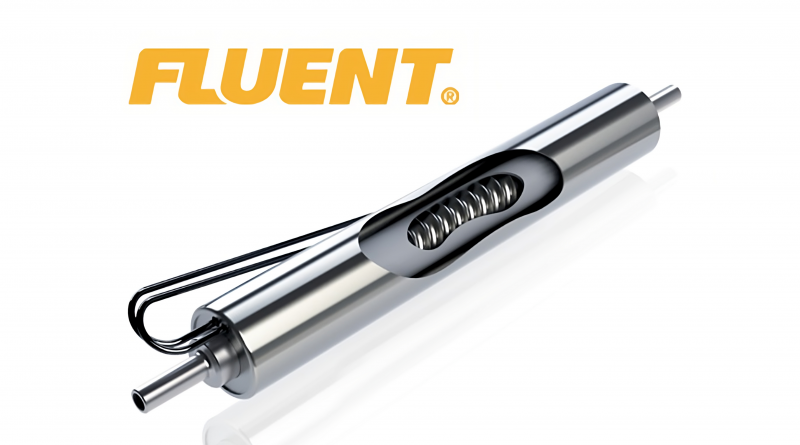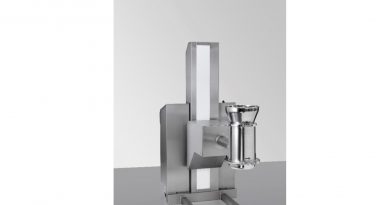Breakthroughs in Engineering Smaller and Safer Medical Devices
~ Today’s medical devices require a next-generation thermal system ~
To alleviate strain on healthcare facilities, particularly in light of the COVID-19 pandemic, healthcare organizations are progressively transitioning patients to home care settings. While this shift towards home care has presented lucrative opportunities for specific home medical device manufacturers, it has also brought forth a twofold challenge. On one side, there has been a surge in demand for certain home medical devices; on the other, heightened scrutiny and more stringent safety regulations have been imposed on these devices. In this context, Andy Selvy, the Chief System Designer at Watlow, a leading industrial heater manufacturer, sheds light on the necessity of adopting a new approach in medical device manufacturing and the reasons behind it.
Manufacturers of home medical devices are obligated to adhere to the guidelines set by the IEC 60601-1-11 standard for medical electrical equipment. This standard necessitates the identification of potential safety risks by these manufacturers, specifically concerning the usage of their equipment in an uncontrolled environment and by individuals lacking formal training in its operation.
While meeting safety standards is sometimes achievable by using conventional technology, it often results in increased size and cost of medical devices. Understandably, device manufacturers strive to create smaller, more affordable, and user-friendly devices. However, these goals can conflict with the requirements of safety compliance. This is where innovation in thermal solutions, encompassing heaters, sensors, temperature controllers, power controllers, and their accompanying software, can play a pivotal role in overcoming these challenges. By incorporating innovative thermal technologies, manufacturers can strike a balance between safety compliance and the pursuit of compact, cost-effective, and user-friendly medical devices.
Thermal System Safety
Many medical devices require heaters to warm gas or liquids, and these require a fair amount of power that increases the possibility of leakage current and hence the risk of electrocution. This is a great example of where stricter standards for home care medical devices exist and how evolving heating technology can better meet those standards.
Unlike medical devices in a clinical setting, home medical devices cannot be designed with the assumption that there is a trained operator on site that can use tested outlets and equipment according to a set procedure. As a result, safety precautions must be built into the device design itself.
One method used to improve patient safety is to incorporate an isolation transformer to step down the voltage going into the device, similar to the “brick” used to step down the voltage for a smartphone charger. But isolation transformers are notorious for being big, bulky, and expensive, which works against the goal of miniaturization for home medical devices.
Safety vs. Miniaturization
So, what is the solution to ensuring safety without the need for bulky and expensive technology? It starts by designing devices within a systems approach.
For instance, it’s not sufficient to create a heater that runs at 95 microamps leakage so that it can be incorporated into a device that must be rated to run under 100. Although this type of heater would meet the given specification, it would take up most of the available leakage budget. Adequate heater design of the entire thermal system must take into consideration these difficult system-level requirements.
Designing Heaters with a Systems Approach
A new generation of thermal solutions is being used to ensure the safety and economy of space, especially in home hemodialysis machines and respiratory devices.
With hemodialysis machines, it’s necessary to keep blood at body temperature to prevent thermal shock. Higher temperatures are also needed to disinfect the machine itself. Watlow’s FLUENT® in-line heater can achieve the desired temperatures quickly and efficiently while meeting space and safety constraints. This is attributed to the small, lightweight design, which acts as an integrated solution that replaces multiple components in a system
Furthermore, Watlow’s heating technology also improves respiratory solutions where a high flow of oxygen must be maintained, like in COPD devices. The compressed gases tend to be cold and dry, creating irritation and often, patient rejection. Watlow’s ULTRAMIC® heater can be used to warm and humidify the gas quickly without requiring a large transformer or bulky heating elements.
Today, home medical devices must meet higher safety standards, while maintaining a small user-friendly, lightweight design. But to achieve this, components must be designed with a systems approach in mind. This involves using thermal components that optimize devices by making them smaller, lighter, and with greater thermal performance that makes use for the patient easier and more comfortable.
To find out more about Watlow, visit watlow.com
Related Products





